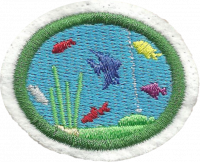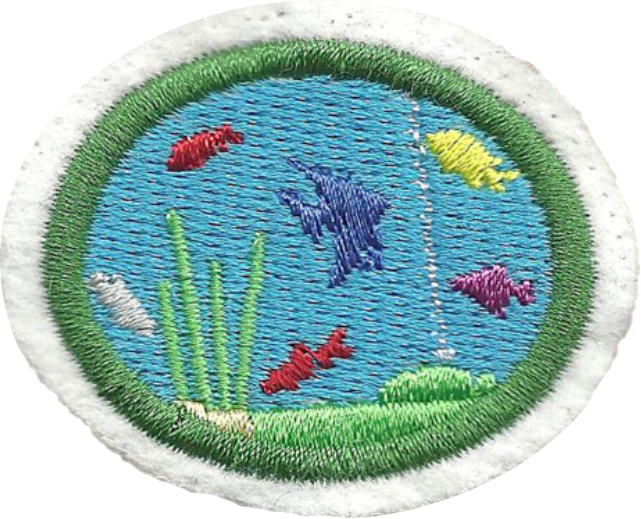Especialidades JA/Aquarismo/Requisitos
Nível de Habilidade
3
Ano
2012
Version
21.12.2025
Autoridade de Aprovação
Divisão Sul Americana
1. Ter a especialidade de Peixes.
What is fishkeeping?
Present the history of fishkeeping, the first peoples who practiced it, development of techniques, historical evidence, etc.
Explain what each of the following is, how it works and how it is useful:
- a.
Thermostat
- b.
Gravel
- c.
Substrate
- d.
Vacation ration
- e.
Biological plate
- f.
Bio ball
- g.
Aquarium net
- h.
Fluidized filter
- i.
External filter
- j.
UV filter
- k.
Ozonizers
- l.
Calcium Reactor
- m.
Skimmer
- n.
Automatic feeder
5.
Give some advantages and disadvantages of a saltwater aquarium relative to a freshwater aquarium.
6.
Identify, in person or by pictures, 10 decorative saltwater fish and 15 freshwater decorative fish commonly used in aquariums.
7.
To know 10 aquatic fresh water plants commonly used in aquariums. Identify them by pictures or in person.
8.
Identify in person or by pictures, five corals used in marine aquariums.
9.
List and identify in person or by pictures five common animals in marine aquariums (do not include fish or corals in the list).
10.
List and identify in person or by pictures five common animals in freshwater marine aquariums (do not include fish in the list).
11.
List five different water tests, explain the importance of using them and demonstrate at least the use of one of them.
12.
Complete the following activities:
- a.
Assemble an aquarium of at least 20 liters with a balanced amount of plants and fish, and maintain it for at least six months.
- b.
During assembly, do the following:
- i.
Demonstrate the ability to assemble and explain the operation of a suitable filtration system
- ii.
Explain your selection and install a compatible lighting system
- iii.
Select the type of soil most suitable for the desired environment
- iv.
Plants: Analyze the species that best fit the model
- v.
Fish: Explain about the species chosen, the relationship of space vs. adult size and number of specimens; ideal temperature for growth, temperament, ration type, reproduction, major diseases and problems.
- c.
During a period of at least three months, take note of the effects of the following conditions on the fish and the aquarium in general:
- i.
Too much light
- ii.
Too little light
- iii.
Too much food
- iv.
Changes in water temperature
- v.
Too few plants for many fish



